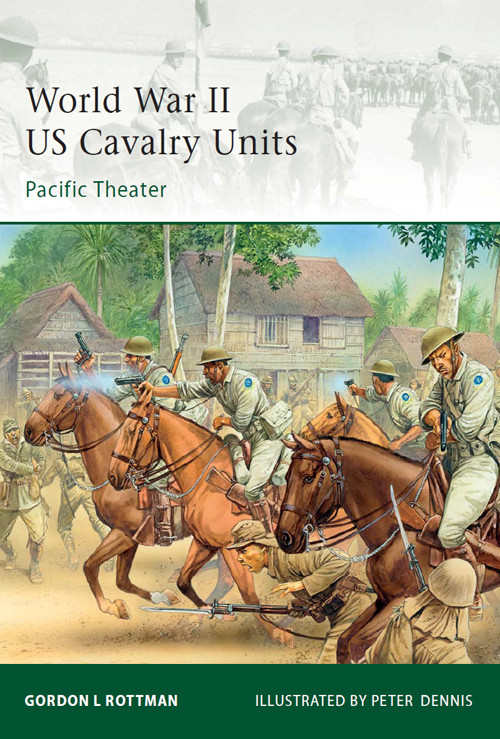
Elite 175
World War II US Cavalry Units
Pacific Theater
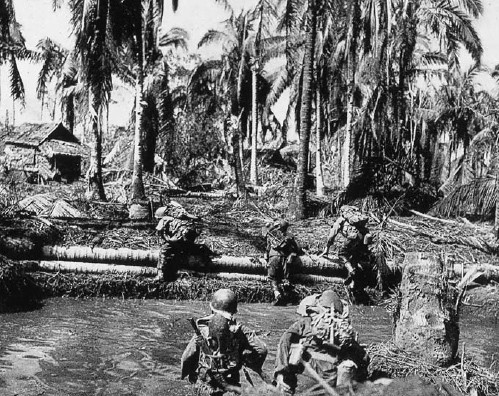 GORDON L ROTTMAN
GORDON L ROTTMANILLUSTRATED BY PETER DENNIS
Consultant editor Martin WindrowCONTENTS
INTRODUCTION
Organizational history of the US Cavalry, 18651918 the interwar years
PRE-WAR CAVALRY REGIMENTS
Regiments, squadrons, companies and troops horse cavalry unit organization
WARTIME DISMOUNTED CAVALRY ORGANIZATION
Comparative weakness in manpower and crew-served weapons wartime augmentations tactical limitations
26th CAVALRY REGIMENT (PHILIPPINE SCOUTS)
The retreat to Bataan Morong Mt Natib
TEXAS NATIONAL GUARD CAVALRY: BACKGROUND
112th CAVALRY REGIMENT (SPECIAL), 1942OCTOBER 1944
New Caledonia and Australia Woodlark Island New Britain New Guinea
124th CAVALRY REGIMENT (SPECIAL), 194245
India Burma
1st CAVALRY DIVISION (SPECIAL)
Australia Admiralty Islands the Philippines: Leyte and Samar Luzon Manila Southern Luzon occupation of Japan
SELECT BIBLIOGRAPHY
WORLD WAR II US CAVALRY UNITS
INTRODUCTION
Historically, armies are reduced after the end of major wars, but nevertheless the regular US Cavalry was expanded following the Civil War from six to ten regiments. During the opening of the West all ten units were scattered across the vast tracts of country west of the Mississippi. By the late 1880s, with the subjugation of the Native American peoples almost complete, over 90 companies/troops were distributed between 31 posts in the West, averaging two companies/troops per post though with up to four in some cases. While the virtual end of active campaigning did not see the number of regiments reduced, each did lose two companies/troops. The 1898 Spanish-American War saw no increase in the regular cavalry, although a few militia and volunteer units also served. In Cuba the 1st, 3d, 6th, 9th, and 10th Cavalry and the 1st US Volunteer Cavalry (Rough Riders) all fought dismounted as infantry. Thereafter the ongoing insurgency in the Philippines led to the authorization in 1901 of the 11th through 15th Cavalry; these too mostly fought dismounted.
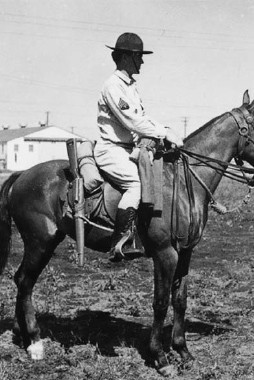
A technician 4th grade, wearing khakis and M1931 lace-up cavalry boots, mounted on the M1928 McClellan saddle. Note the rarely-seen special leather saddle-scabbard for the .30cal M1 carbine. (US Army)
The 16th and 17th Cavalry were activated in 1916. Some regular cavalry regiments served on the Mexican border (as did smaller National Guard units, created from the state militias by the Militia Act of 1903), where their horse-mounted mobility proved valuable. Americas entry into World War I saw the activation of the 18th through 25th Cavalry, but all were immediately converted to artillery, as were the Federalized National Guard cavalry units cavalry was unnecessary on the Western Front, and it made sense to convert them to horse-drawn artillery. Four regular regiments accompanied the American Expeditionary Force to France, where they provided remount services. At the end of 1917 the 15th Cavalry Division was organized at Ft Bliss, Texas, to have three three-regiment brigades, but only the 1st, 7th, 8th, and 10th Cavalry were actually assigned before the division was inactivated in May 1918.
THE INTERWAR YEARS
The introduction of tanks to the battlefield during World War I, coupled with increasing mechanization, the lethality of modern weapons, and the drastically changing nature of maneuver warfare all heralded the beginning of the end for the horse cavalry. The US Cavalry was slow to adopt mechanization, and proponents of horse cavalry sometimes contrived unlikely scenarios in order to justify their retention.
In 1920 two cavalry divisions were authorized, the 1st to be active and the 2d inactive. The division had two two-regiment brigades plus brigade machine-gun squadrons. The 1st Cavalry Divisions assigned regiments were the 1st, 7th, 8th, and 10th, the last being replaced by the 5th in 1922. The division also had a single artillery battalion, an engineer battalion, division trains and HQ, signal, ordnance maintenance, medical, and veterinary companies. In 1933 the 12th Cavalry replaced the 1st Cavalry. The 2d Cavalry Division did not have an active headquarters until April 1940. A paper 3d Cavalry Division existed during 192740, with the 6th (192739), 9th (193339), 10th (192740) and 11th Cavalry (192733); it had no headquarters, and its units were merely administrative assignments. Three cavalry regiments, 15th to 17th, were inactivated in 1921, but the 26th Cavalry (Philippine Scouts) was activated on Luzon in 1922. The remaining regiments were each reduced to two three-troop squadrons along with HQ and service troops, and the machine-gun troop was eliminated. In 1928 the squadrons each lost a troop, but the regimental machine-gun troop was reestablished, with the loss of the brigade machine-gun squadron. Trucks began to replace horse-drawn wagons.
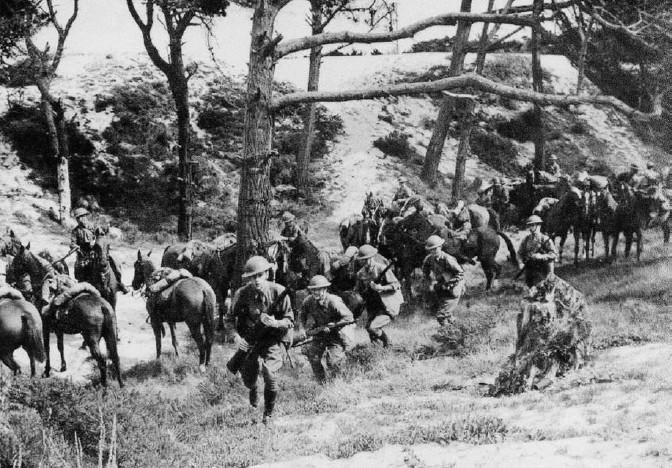
The basic cavalry unit was the eight-man rifle squad. Well into the war it retained an organization of a corporal squad leader, second-in-command, two scouts and four riflemen, all privates and privates first class; two of the riflemen remained in the saddle as horse-holders when the other six dismounted. (US Army)
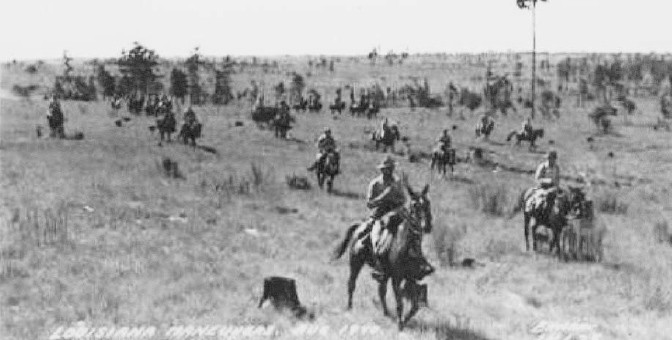
1st Cavalry Division troopers ride across an open area in a dispersed formation during the August 1940 Louisiana Maneuvers. The Cavalry made a bold effort to demonstrate that it was still viable in modern warfare, but it soon became apparent that horse cavalry, while having its uses, was outmaneuvered by mechanized units. (1st Cavalry Division Museum)
In 1928 the development of armored and mechanized forces in the US Army began in earnest. Some cavalrymen accepted the eventual demise of horse cavalry, but others resisted. The Chief of Cavalry, MajGen John Herr, believed that a mix of horse and mechanized forces was necessary: We must not be misled to our own detriment to assume that the untried machine can displace the proved and tried horse. The Army Chief of Staff, Gen Douglas MacArthur, foretold the future of the cavalry: The horse has no higher degree of mobility today than he had a thousand years ago. The time has therefore arrived when the Cavalry arm must either replace or assist the horse as a means of transportation, or else pass into the limbo of discarded military formations. There is no possibility of eliminating the need for certain units capable of performing more distant missions than can be efficiently carried out by the mass of the Army. The elements assigned to these tasks will be the cavalry of the future, but manifestly the horse alone will not meet its requirements in transportation.
 THE CAVALRYMAN AND HIS MOUNT, c.1940
THE CAVALRYMAN AND HIS MOUNT, c.1940Horses required a great deal of care and much of a cavalrymans time was dedicated to this end. There was an old cavalry adage, Take care of your horse first, and if there is nothing else to do, take care of yourself. After a days or even half a days mounted training it required one or two hours to care for the mounts that is, in addition to the routine daily chores of feeding, watering, exercising when not taken out for riding, grooming, and mucking out the stalls. Then there were the related details of general stables cleaning, moving and storing forage and feed, cleaning and maintaining the considerable tack (horse equipment), and occasional horseshoeing and veterinary treatment. Not only were the troopers and their equipment and quarters closely inspected on Saturdays, but the horses, tack, and stables were too, which demanded even more time than the troopers spent on their own upkeep.
Next page
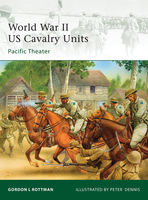
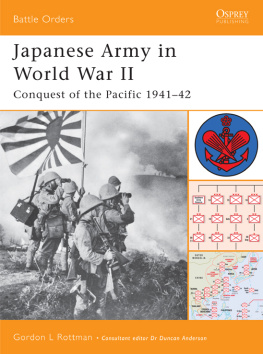
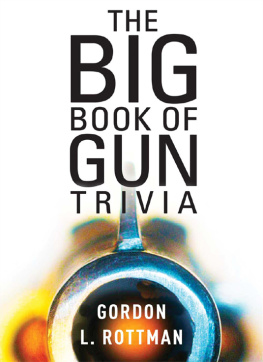
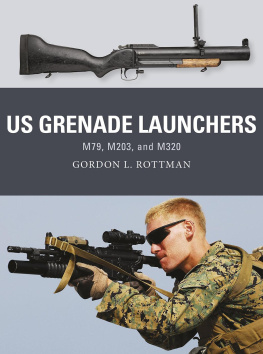
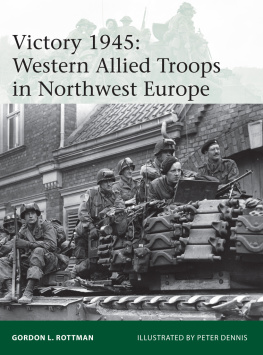
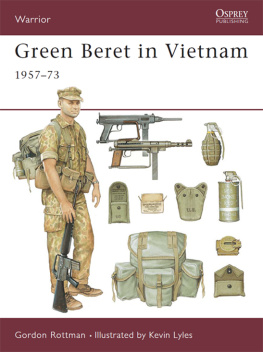




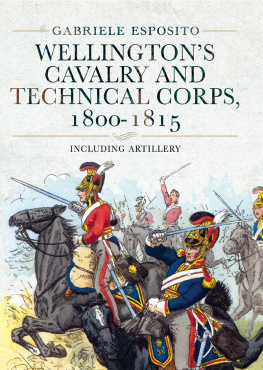
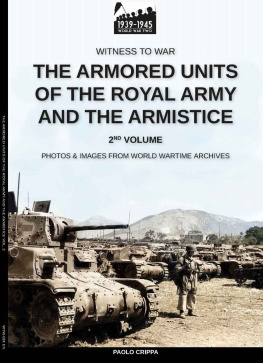
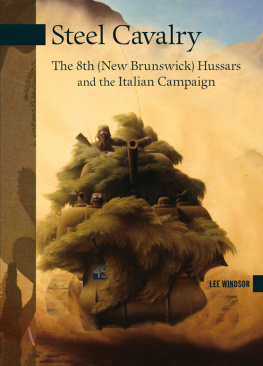
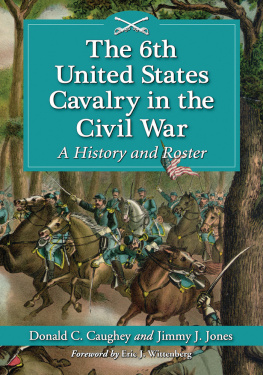

 GORDON L ROTTMAN
GORDON L ROTTMAN


 THE CAVALRYMAN AND HIS MOUNT, c.1940
THE CAVALRYMAN AND HIS MOUNT, c.1940